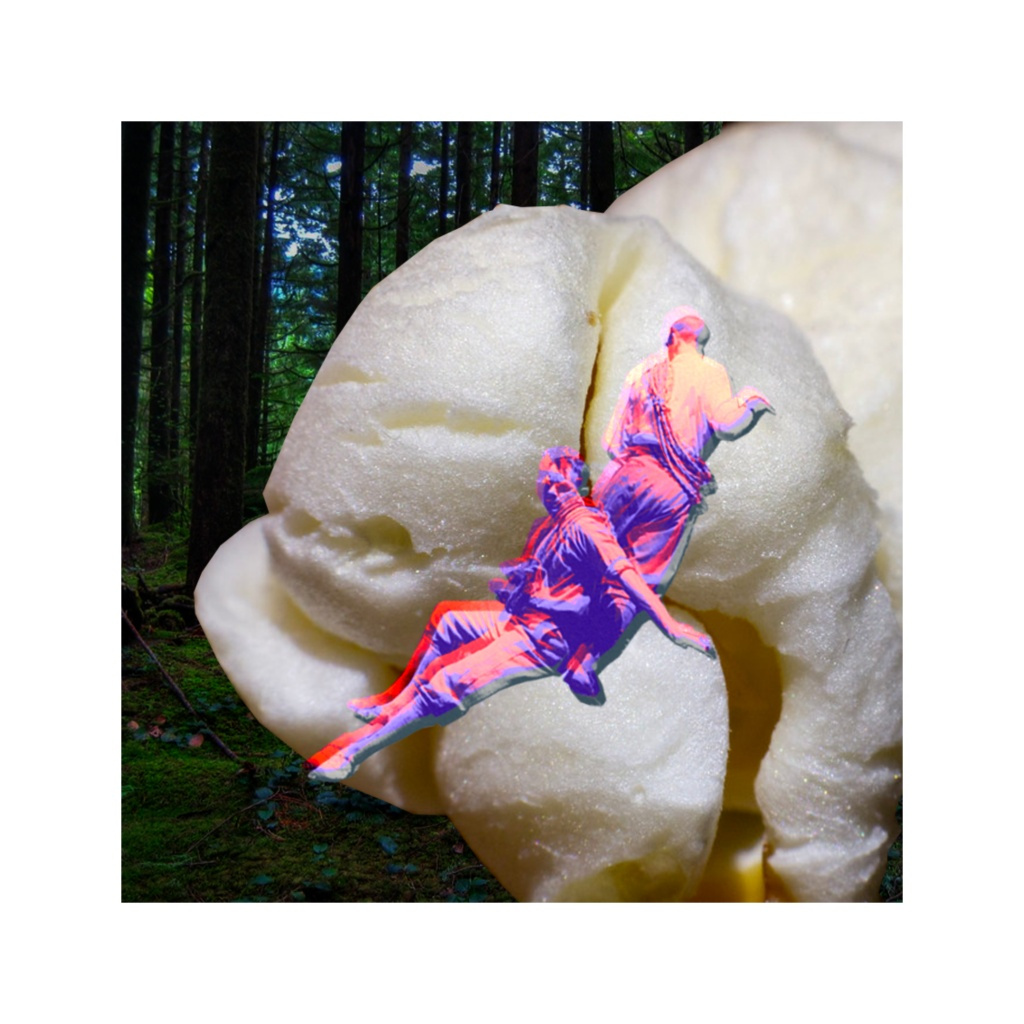dogs be doggin’
The history of dogs as pets is deeply intertwined with human history, stretching back thousands of years. Here's a brief overview from ai:
Origins & Domestication
Dogs (Canis familiaris) are the descendants of wolves (Canis lupus). The exact timing and location of domestication are still debated among scientists, but genetic and archaeological evidence suggest it began somewhere between 15,000 and 40,000 years ago, likely in Eurasia. Initially, wolves may have been attracted to human camps for food scraps. Humans might have tolerated or even encouraged their presence for benefits like waste disposal, alarm calls against predators, or assistance in hunting. This marked the beginning of a mutual relationship.
Early Roles
For millennia, dogs served primarily utilitarian purposes. They were invaluable partners in hunting, herding livestock, guarding property, and even pulling sleds or carts. Their roles were essential for human survival and expansion in various environments.
Transition to Companionship
While working roles dominated, evidence suggests dogs held social and possibly emotional significance early on. Archaeological finds include dog burials alongside humans, sometimes with grave goods, indicating a level of attachment beyond mere utility. Ancient civilizations like Egypt, Greece, and Rome depicted dogs in art, kept them in homes, and valued them for loyalty and companionship alongside their working abilities. Different types of dogs were developed for specific tasks and preferences.
Middle Ages & Renaissance
Dogs continued their working roles, with specific breeds associated with nobility (hunting hounds) or commoners (guard dogs, herders). Small companion dogs started gaining popularity among the aristocracy in Europe during the Renaissance.
The Victorian Era (19th Century)
This period marked a significant shift. The rise of the middle class, increasing urbanization, and changing social values led to a boom in dog ownership purely for companionship. Queen Victoria's love for dogs further popularized them as pets. Formal dog shows began, kennel clubs were established, and the concept of distinct breeds with specific standards became widespread. This era truly cemented the dog's role as a beloved member of the household in Western culture.
Modern Era
Today, while many dogs still perform vital working roles (service dogs, etc.), the vast majority in many parts of the world are kept primarily as companions. They are often considered members of the family, benefiting from advanced veterinary care, specialized diets, and a multi-billion-dollar pet industrial complex. The human-animal bond between people and their dogs is widely recognized for its emotional and psychological benefits.





